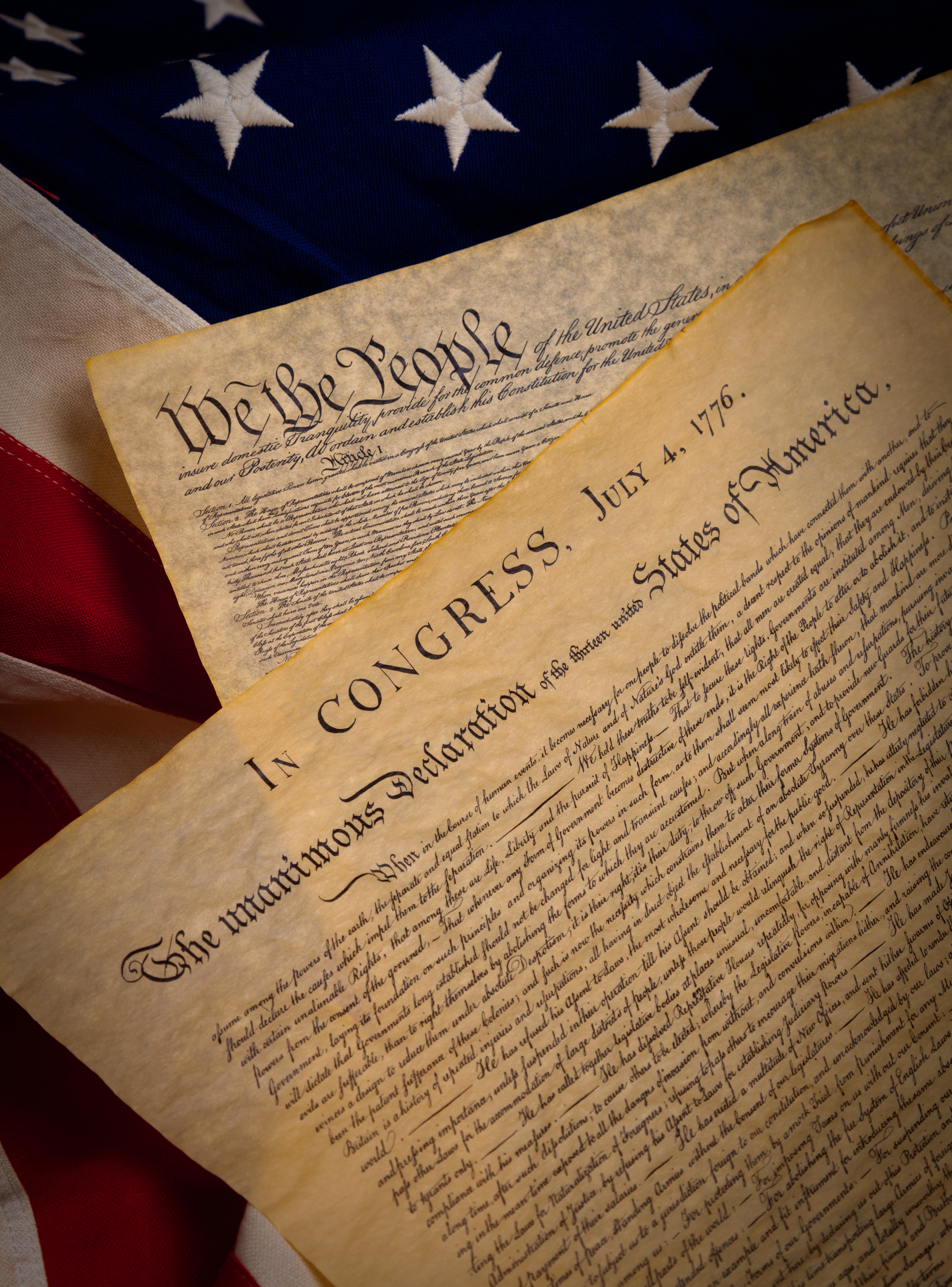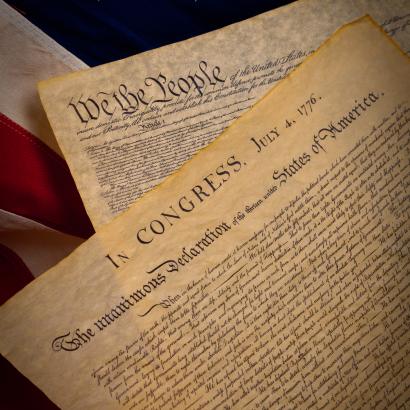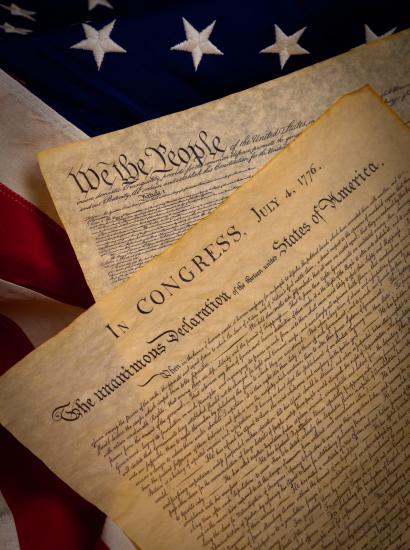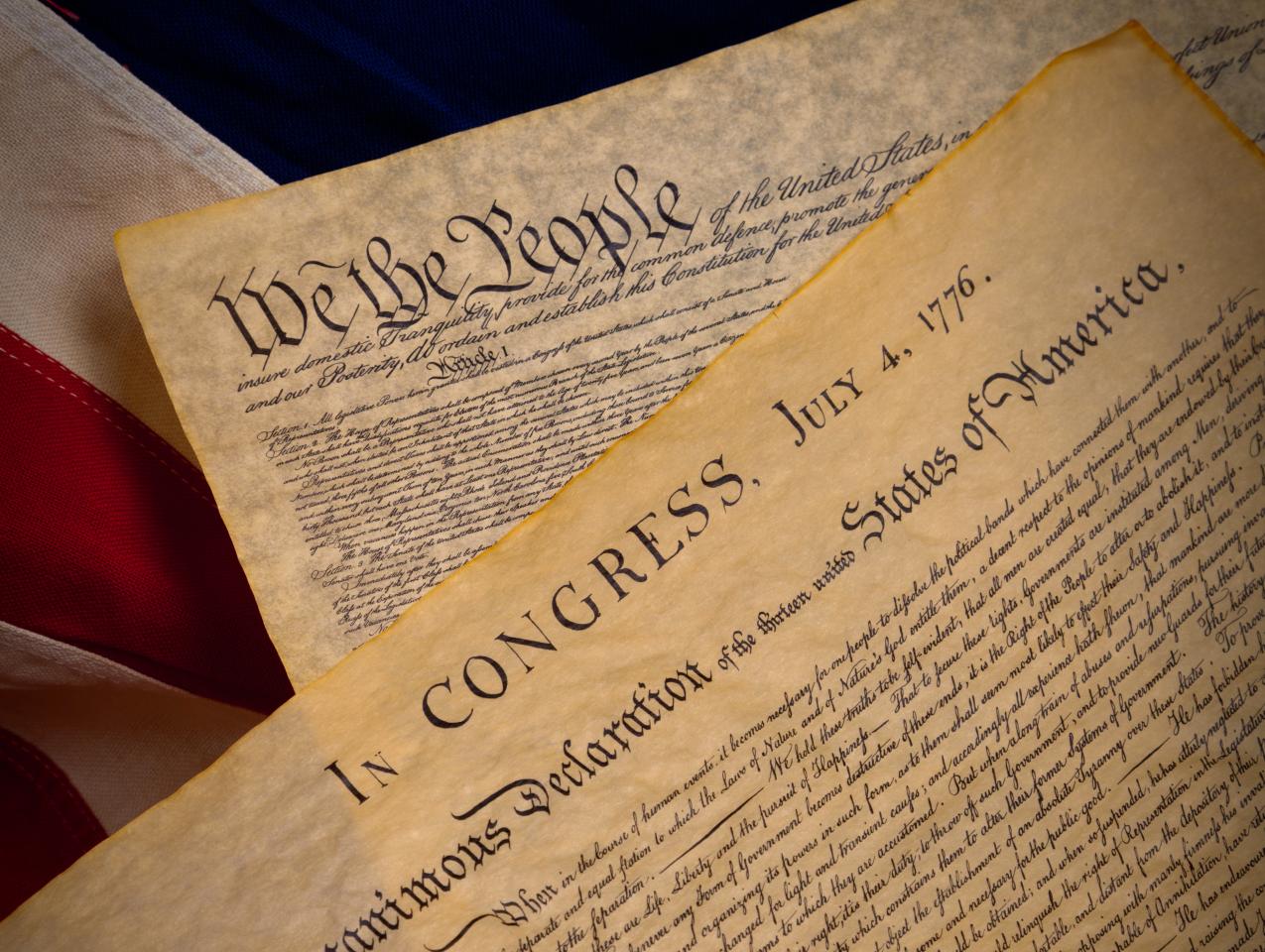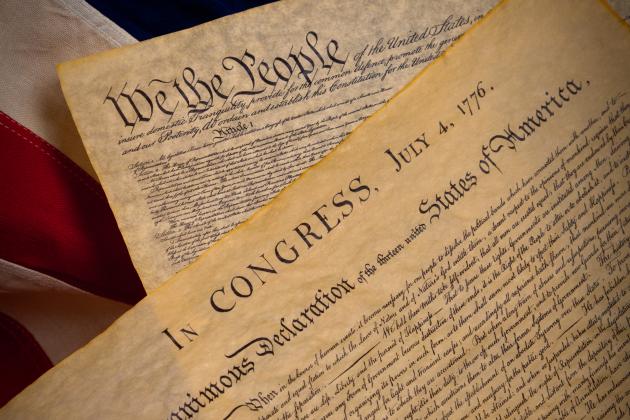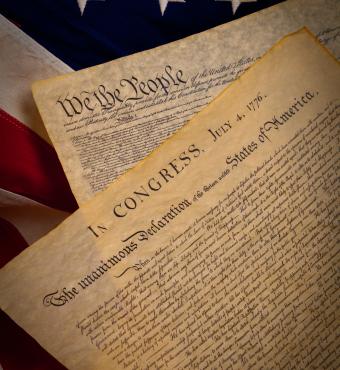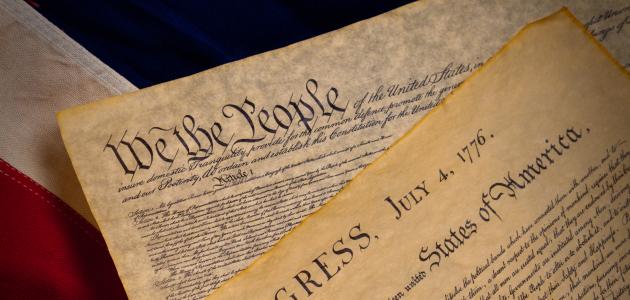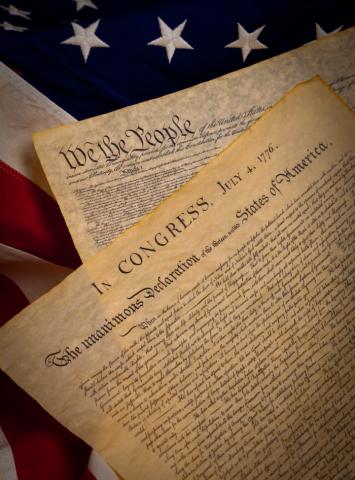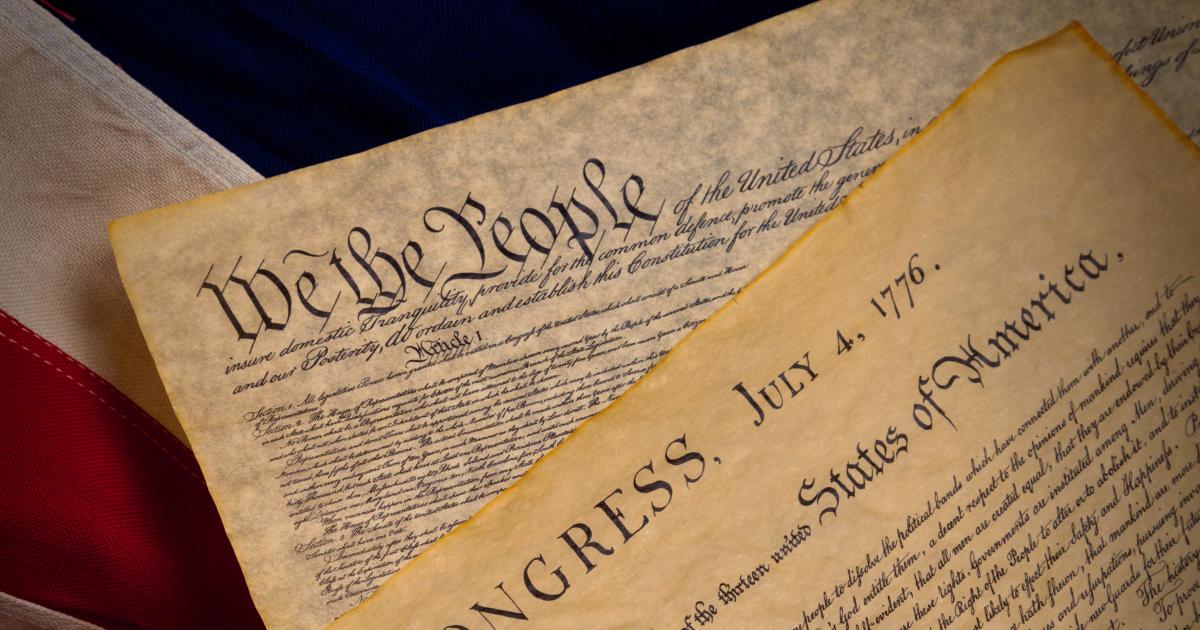- Law & Policy
- Immigration
- Politics, Institutions, and Public Opinion
- The Presidency
President Obama is not the first President to use his executive power aggressively. President Lincoln used an Executive Order in 1861 to suspend the writ of habeas corpus. The Supreme Court held that his action was unconstitutional. President Franklin D. Roosevelt attempted to change the composition of the Supreme Court of the United States in 1937 in order to gain favorable votes for his New Deal legislation. His “Court packing” plan was rejected by Congress and the voters. President Truman seized steel mills in 1952 to avert a strike because the mills were needed to support the Korean War. The Supreme Court held that his takeovers were unconstitutional. Previously, Truman acted courageously by issuing an Executive Order in 1948 that desegregated the armed forces. In that instance, he was on solid legal ground because the Constitution states that the President is the “commander in chief of the Army and Navy.” President Obama attempted to make three recess appointments to the National Labor Relations Board in 2012 when the Senate clearly was not in recess. His reason for doing this was that the Senate would not confirm his nominees. He acted as though he was the first President to be treated rudely by the Senate. Not so! His crude attempt was an insult to the Constitution. The Supreme Court, in a unanimous decision, held that his appointments were void.
Congress also uses its power aggressively. An example is the Senate’s late-night manipulation of rules to pass the Patient Protection and Affordable Care Act (“Affordable Care Act” or “Obamacare”) in 2010. That embarrassing episode rivaled the famous 1972 Olympic Gold Medal basketball game when three seconds were mysteriously added to the clock, enabling the Soviet Union to defeat the United States.
The Judiciary is not blameless concerning excessive use of power. In 2005, the U.S. Supreme Court essentially rewrote the “takings clause” of the Constitution (“[N]or shall private property be taken for public use, without just compensation.”). The Court held that the words “public use” also mean “public purpose” and upheld a municipality’s plan to take, through eminent domain, the homes of private citizens and turn the land over to a private corporation for development. The progressive idea behind the scheme was to improve the economic condition of the municipality. It did not work. Nevertheless, as noted above, the Supreme Court has proved its value and honesty by coming to the rescue when Presidents overreach.
President Obama, emboldened by his record of changing laws - including provisions of the Affordable Care Act - decided in November 2014 to bring about his vision of immigration reform, not through Congress, but by use of executive fiats. For years, he maintained that he had no legal authority to change immigration laws. The sweeping election wins by Republicans a few weeks earlier apparently caused the President to change his mind. The largest category of people affected by the President’s executive “Presidential memos” is an estimated population of five million illegal immigrants who have been in this country for five or more years and have children who are U.S. citizens or permanent legal citizens. If they pass a background check and pay their taxes, the President offers a 3-year temporary status of “deferred action” regarding deportation along with work permits. The President’s purported legal authority to do this is his power of prosecutorial discretion. Prosecutors have such authority in individual cases, but no one can seriously think that authority is applicable on such a grand scale. What the President is doing is refusing to execute the law. He has no more authority to do this than he would to exempt corporations from paying income taxes. He cannot change the law.
As one writer put it, “This move by President Obama is not a sign of righteous impatience; it is proof that he has failed at that most basic of tasks – working with Congress.” The President has created a constitutional crisis when there was no need to do so. That is regrettable.






